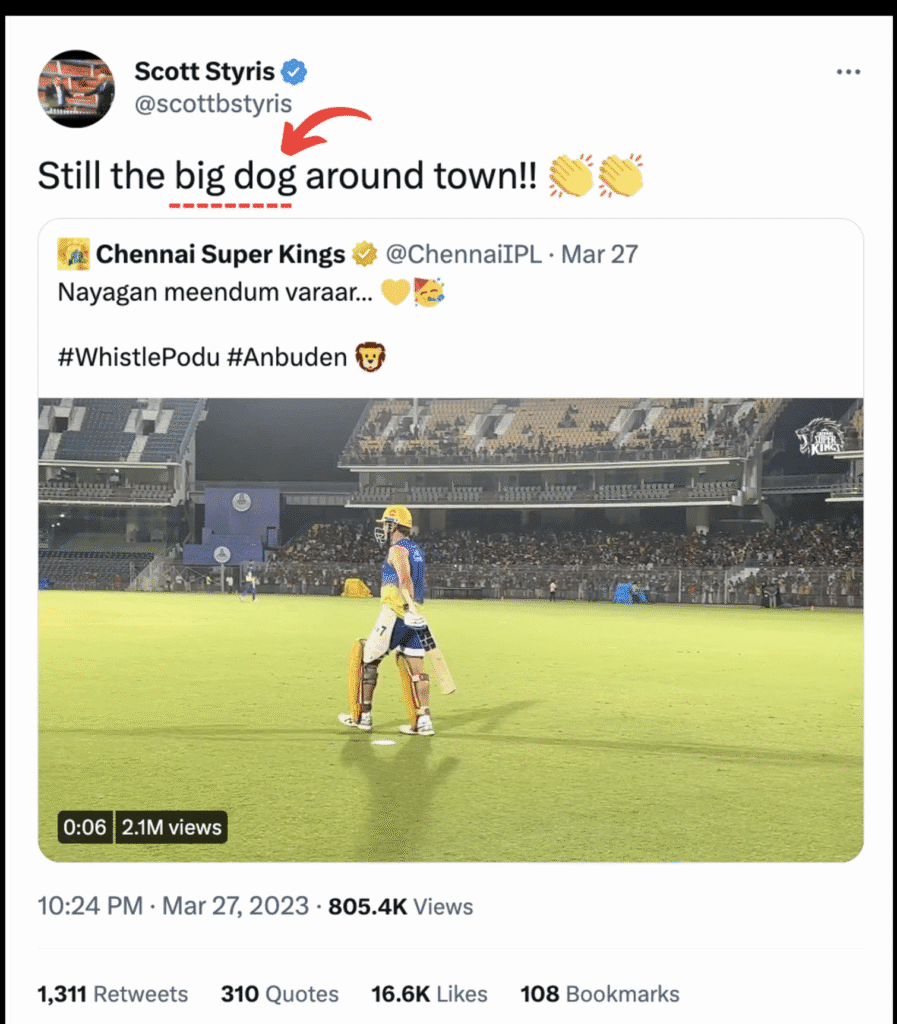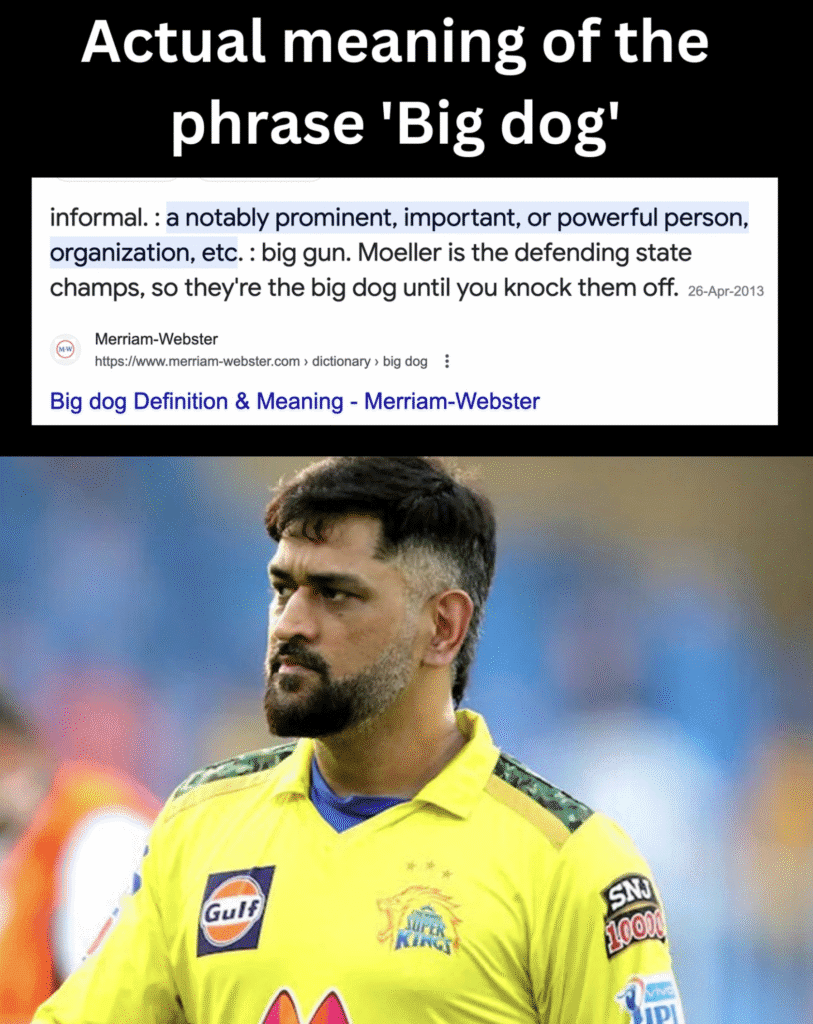“Macha, MS Dhoni was abused as ‘DOG’ by New Zealand cricketer Scott Styris on Twitter.”
When my friend said this to me with agony and anger, I immediately hopped over to Twitter and checked the actual tweet.
Perhaps, Styris did refer to Dhoni as the ‘Big dog’, but not many could understand the true meaning of the phrase.
So, the legendary NZ cricketer was lashed by Indian twitteratis in the comments.
Understanding the knowledge level of the person on the other side holds the key to effective communication.



Tips for UX Writing When Creating Localized Content for Global Audiences:
1. Speak their language. Not just literally.
Avoid idioms, slang, and cultural references unless you’re 100% sure they translate well. “Big dog” in the U.S. might mean respect, but in India, it could mean insult.
→ Tip: Replace slang with neutral, universally understood language.
2. Understand context beyond translation
Translation ≠ localization. A translated message may still feel robotic or off. Instead, adapt tone, phrasing, and examples to the cultural norms of that region.
→ Tip: Work with local copywriters or testers to review UX content for each locale.
3. Design for emotional cues
The same word can evoke different emotions in different countries. Use empathy to guide your word choices.
→ Tip: When in doubt, test how your words feel, not just what they mean.
4. Test with real users, not assumptions
Just because a phrase works for you, doesn’t mean it works for them.
→ Tip: Run usability tests with people from that region to check if your message is clear, friendly, and actionable.
5. Use visual aids to support clarity
Sometimes, a friendly icon or illustration can help reduce reliance on words alone, especially when users are navigating in a second language.
In the end, whether you’re writing microcopy for a checkout button or designing an error message for a banking app…
- Clarity beats cleverness.
- Empathy beats ego.
- And context? That beats everything.
Speak like a local. Write like a human. 🙂

